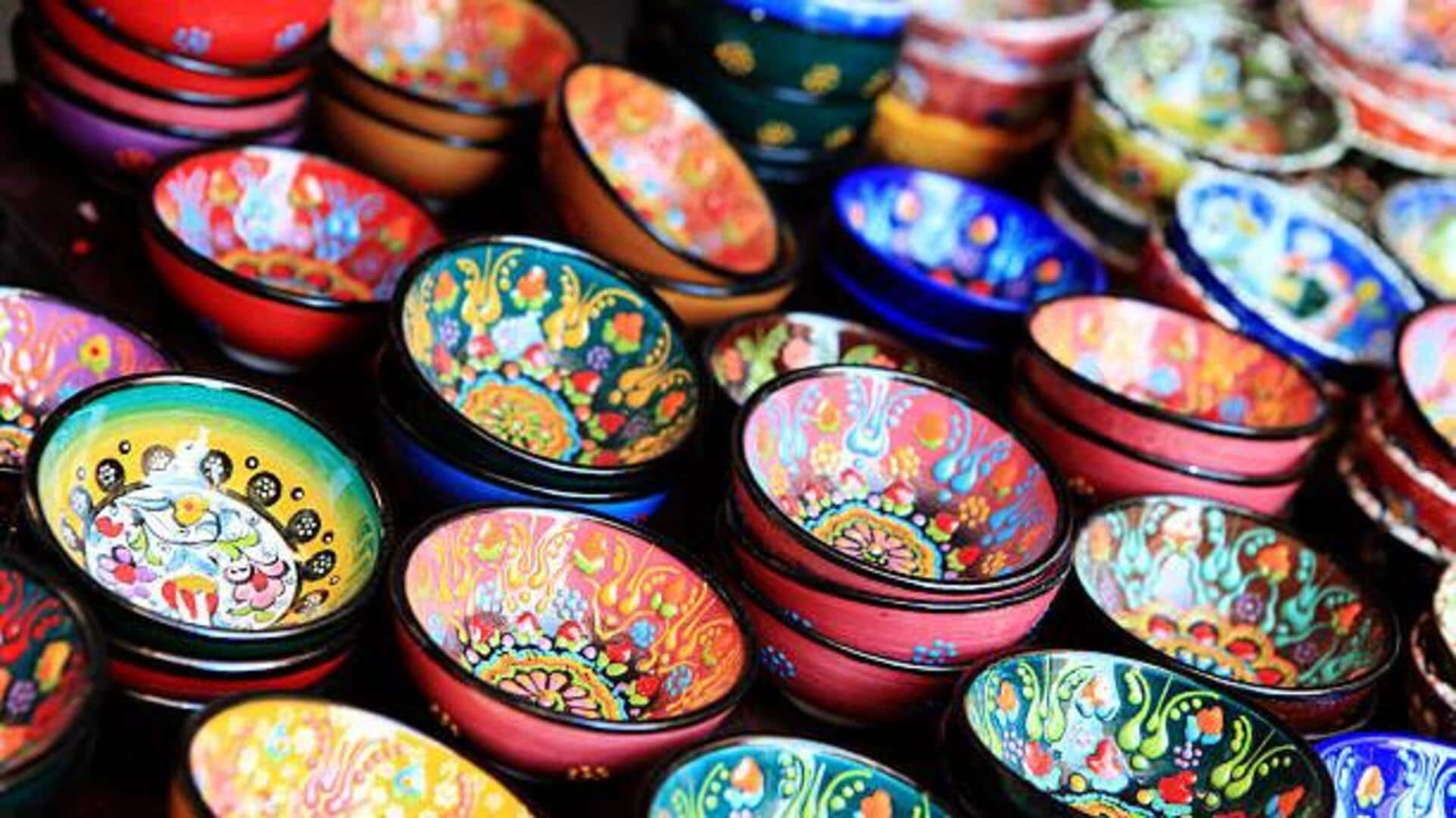
How African potters are redefining modern ceramics
What's the story
Africa's history of pottery is steeped in richness that continues to shape the world of ceramics today. The continent's potters are known for their distinctive techniques and styles, which have been handed down from generations. They combine traditional practices with modern designs to create pieces that are both utilitarian and artistic. Their craft not only reflects cultural heritage but also plays a vital role in the global ceramics market, highlighting Africa's vibrant artistic landscape.
Revival
Traditional techniques revived
African potters frequently use age-old techniques revived in modern times. These include hand-building and coiling, which enable intricate designs and textures. Using locally sourced clay and natural pigments, these artisans not only stay true to their roots but also cater to a worldwide audience inclined toward sustainable practices.
Modern influence
Contemporary designs with cultural roots
Many African potters deftly combine age-old techniques and contemporary aesthetics, crafting ceramics that capture both heritage and modernity. The result is a unique creation that is rooted in tradition yet appeals to the taste of today's world. From patterns inspired by nature and mundane life, the artists reflect the world around them and their own experiences, giving you something special through their work.
Economic growth
Economic impact on local communities
The pottery industry serves as one of the most important pillars in supporting local economies all over Africa. By selling their creations locally and internationally, potters help grow the economy and provide jobs within their communities. It is an industry that not only preserves cultural heritage but also promotes economic development.
Global reach
Global recognition of African ceramics
African ceramics have gained worldwide fame for their unique style and craftsmanship. Exhibitions around the world display these works, showcasing the skill of African potters and driving demand for their products. Such recognition goes a long way in bringing African art to the forefront on the world stage.
Eco-friendly approach
Sustainability through pottery practices
Many African potters also focus on sustainability by embracing eco-friendly practices in their art. They typically use natural materials such as clay sourced locally and organic dyes from plants or minerals. This not only minimizes environmental harm but also resonates with the increasing global consumer demand for sustainable products.